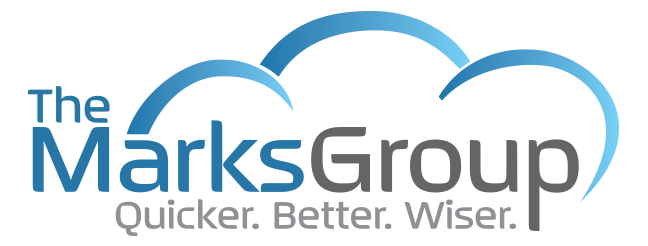Say you’ve been assigned a task and you have questions for the person that assigned you the task. You can ask them in person if you work in the same office, you can email them the question, OR you can write the question as a Note on the task and tag the other User. By using the tagging method, they’ll get an email with your question with a link to the task record, and there will be a record of the question and clarification right with the task!
Here’s how:
- Navigate to the record you have a question on (can be a Task, Contact, Lead, etc…).
- Scroll down to the Notes section in the related lists area and drop your cursor in the next blank note.

- Type the “@” symbol and start typing the name of the person you want to tag.
- Once you type the first letter, you’ll be presented with a list of any matching Users, Groups and/or Roles that match what you’ve typed so far and you can select one.
- Finish typing your note and hit save

The person or group that was tagged will receive an email notification that they were mentioned in a note with a link to the record. (note, they must be logged into zoho for the link to work properly).


















 hen you create a custom field in the Lead module you have the option to create the identical field in the Accounts Contacts and/or Potential Module at the same time. In the field creation pop-up click the down arrow next to “Also create for” to view the checkboxes and select the ones you want. When you save the new field in the Lead module identical fields will be created in the selected modules and automatically mapped back to the Lead field.
hen you create a custom field in the Lead module you have the option to create the identical field in the Accounts Contacts and/or Potential Module at the same time. In the field creation pop-up click the down arrow next to “Also create for” to view the checkboxes and select the ones you want. When you save the new field in the Lead module identical fields will be created in the selected modules and automatically mapped back to the Lead field.
